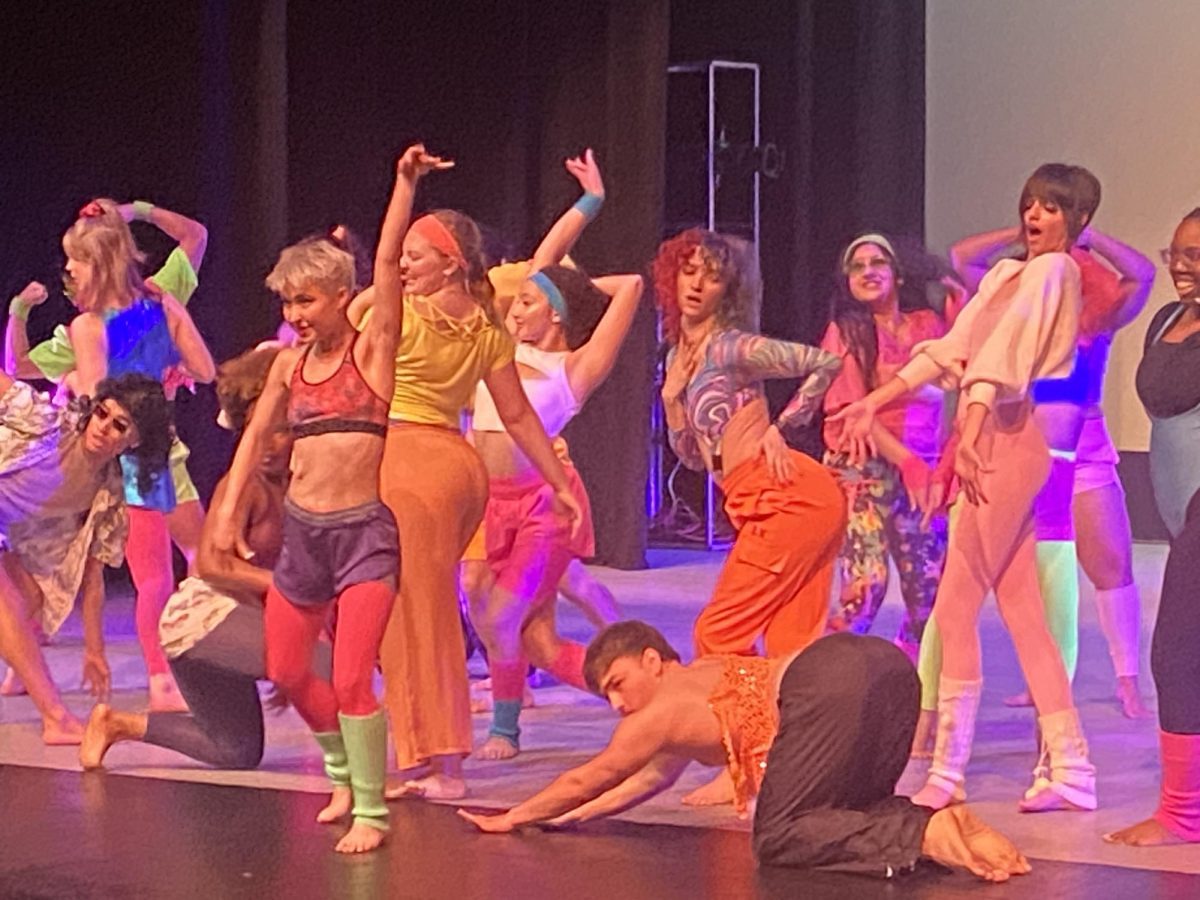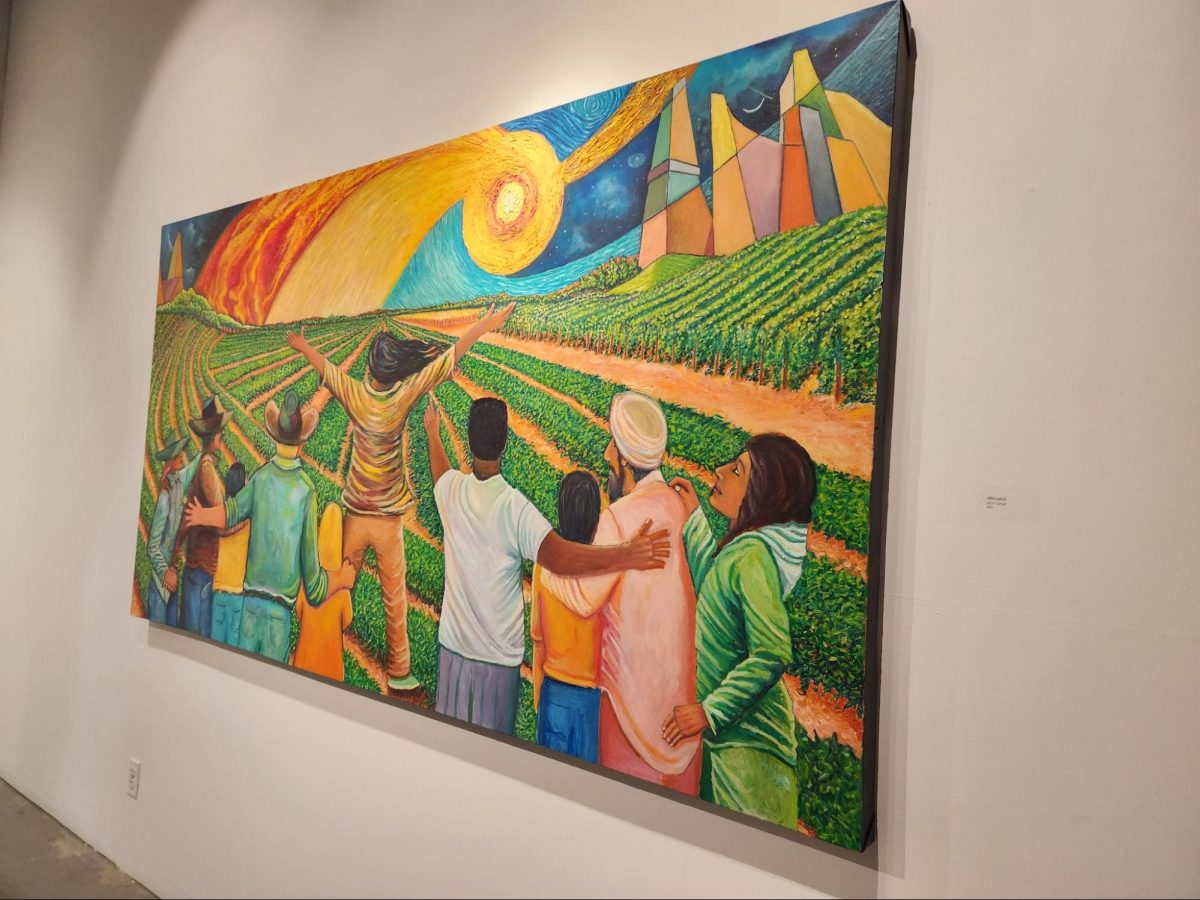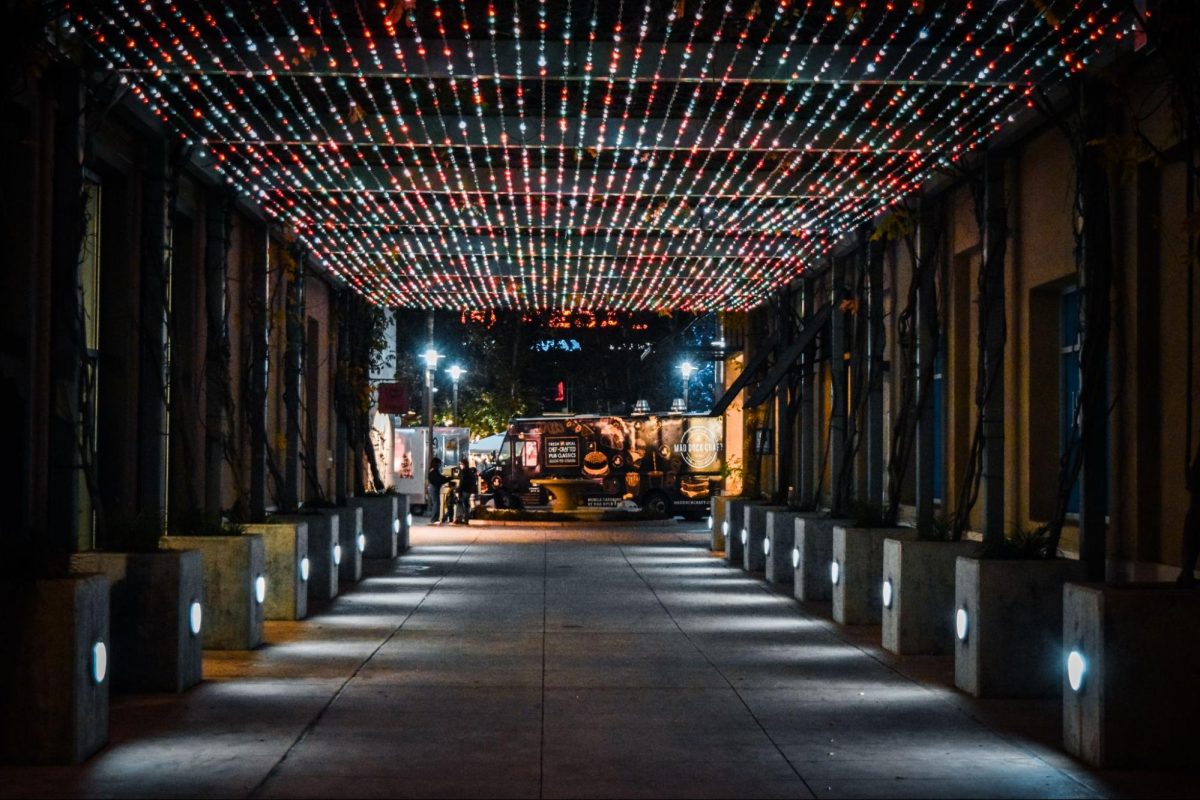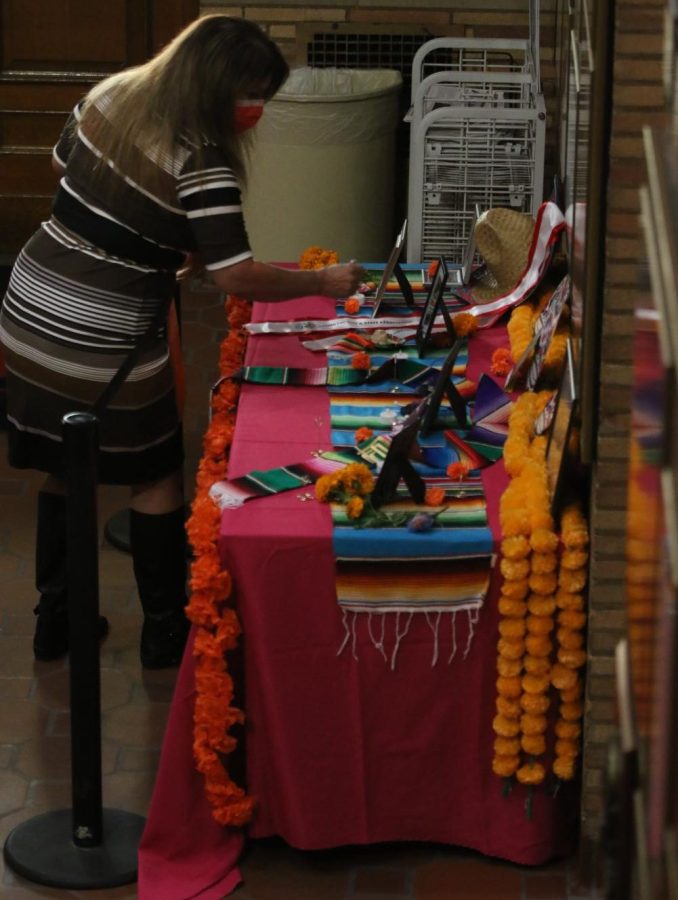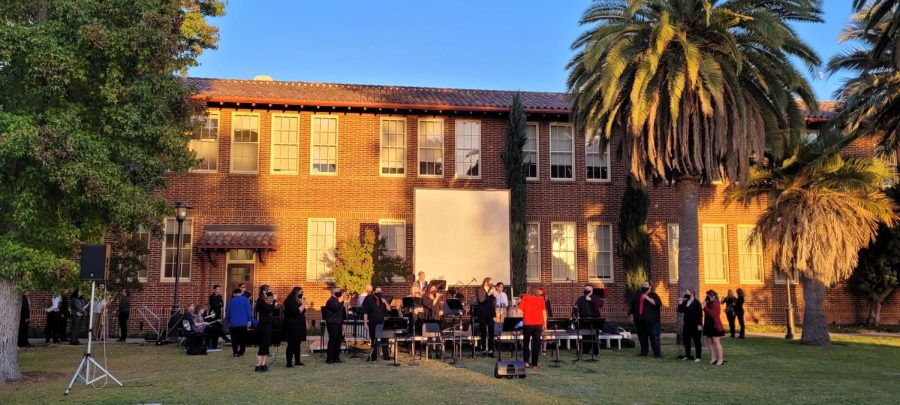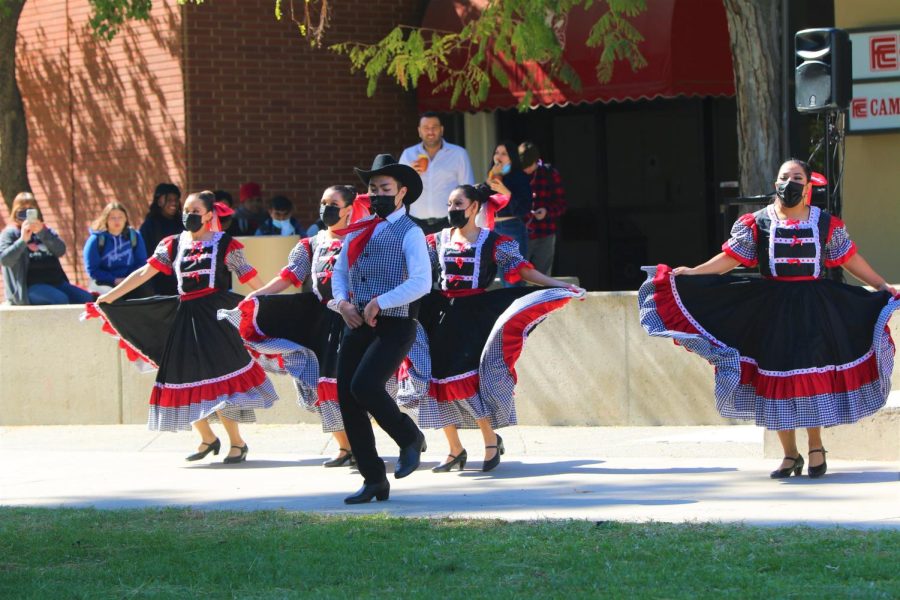Every student that walks onto any college campus carries with them a specific goal in mind that they hope to accomplish; getting your degree as fast you possibly can. Along the way, some of us become so ingrained in our studies and our other responsibilities that we forget the point of the struggle to being with , which inherently is the hope of having a better life that comes with having a college education.
That being said, many students opt for careers that they feel will best enable them for financial success as opposed to perhaps a more fulfilled life doing what they truly want to do, in part due to a society that teaches us that academics and the arts do not go hand-in-hand. Where does that leave art majors? Is there something to be desired or perhaps should we as a society alter our perception of what art truly is and how it benefits everyone?
FCC art professor Anne Scheid, believes that art has taken a backstep to general education. “When I was a college student in the 1970s, the arts were a big deal. Whether you were in theater, a writer, a musician, a poet, you were considered ‘the best’ on campus. Now, it has really switched; now its all business, economics, and math; art is second.”
Art classes are not only meant to cater to art majors themselves, but to enrich the lives of all students. Art classes are included in general education requirements for the same reasons a geology or history course is included: it’s intended to make students multi-faceted and well-rounded. Without these classes, students lack the opportunity to expand their horizons and are deprived of gaining new creative experiences. FCC art major Rebecca Milasich says she would not be attending school for any other purpose. “Having a place to come in and practice your art is really important.” Milasich said. “If it weren’t for these scheduled times, I would probably only be able to make time for art once a week.”
Her classmate, Tre Weber, shares similar views on the value of art courses. “There’s no other kind of environment here that will nurture your creativity and give you a place to explore and be critiqued.” Weber said. “Art classes are great for everyone. You can come in with no experience at all and walk out at the end of the semester a master artist. They’re also easy to add, so you can sign up with friends and be creative together.”
Scheid also volunteers at the Fresno Art Museum, whom she claims faces financial difficulty. “I try to imagine what our city would be like without a good art museum. That, is deprivation. It’s one thing not to have money to put food on the table, that’s real. Not to feel safe with a roof over your head and feel warm and comfortable, that’s real. But after you have all the basics, the next thing is to have your soul fed. That’s music, theater, writing, poetry, the visual arts.” Scheid said.
What do we do for those of us that seek to preserve the sanctity of art and all that it stands for when our city’s most prominent art museum is in trouble and art classes find themselves to be the first to go when talk of budget cuts come up at the conference table? What is our individual responsibility as citizens, people, artists in our own right?
“Everybody is[an artist]; we’re all creative. If you’re not, you don’t know what it means to be human. Your brain is wired for creativity, to take risks and challenge things and come up with solutions!” Scheid said. “My job is to help my students find their inner artist and hone in on their creativity, to help them see their world around them differently.You always have to be engaged in the creative process, because you never know where the answers or the inspiration is going to come from. If you’re waiting for the inspiration, you’re going to miss it!”

